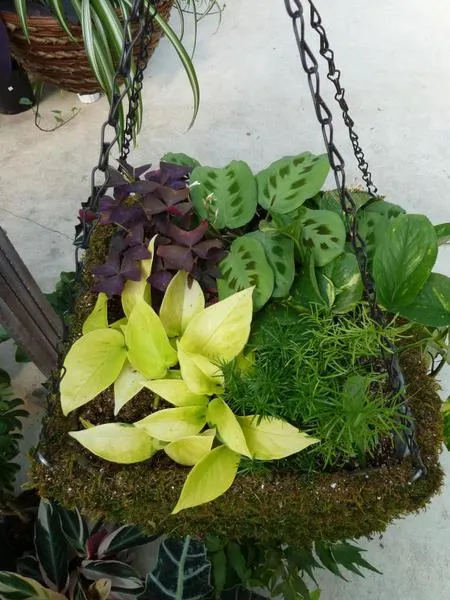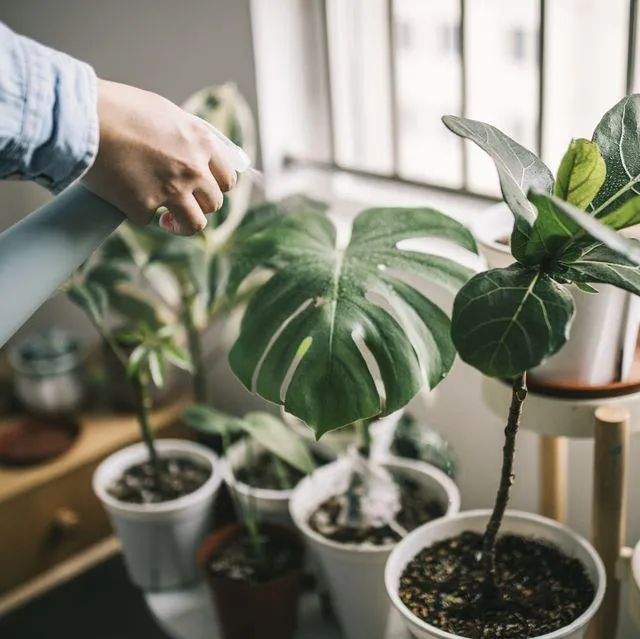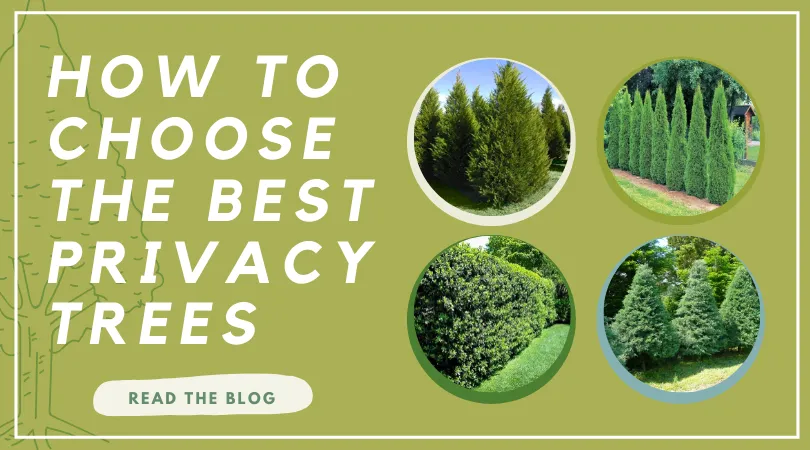Choosing the Right Tree for Your Home: A Guide to Popular House Trees
When it comes to landscaping your property, planting trees is one of the best investments you can make. Not only do trees enhance the aesthetic appeal and value of your home, but they also provide important environmental benefits. However, with so many tree species to choose from, determining which ones are best suited to your yard can feel overwhelming. In this article, we’ll explore some of the most popular tree varieties commonly planted around houses and what to consider when selecting one.
Hardiness and Climate Tolerance
From my experience as an avid gardener, one of the primary factors to consider is how well a tree will adapt to your local climate and growing conditions. Make sure to select a species that is hardy – or capable of withstanding – typical temperature extremes where you live, such as heat waves, frost, or heavy snowfall. A tree’s ability to tolerate various soil and sunlight levels should also be considered. Attempting to grow a tropical species in a colder zone, for example, is likely headed for disappointment. Check plant guides to see which species fall within your area’s hardiness zones.
Mature Size and Growth Rate
While small trees may look appealing based on limited initial maintenance, it’s essential to consider a species’ long-term size and growth rate. Otherwise you may end up with large branches overhanging the house or roots interfering with plumbing lines several years down the road. Popular compact options suitable for smaller yards include crabapple, redbud, and dogwood varieties. Meanwhile, faster-growing trees like birch or silver maple provide shade more quickly but may require more frequent pruning as well. Proper placement and ongoing care can keep even large trees like oak from becoming problematic.
Resistance to Pests and Disease
Having dealt with my share of tree issues, I know how stressful and costly pest infestations or fungal infections can be. Choose tree varieties bred for disease and insect resistance to minimize maintenance problems. Popular options that are relatively trouble-free include sugar maple, ginkgo, and crepe myrtle. While all trees are susceptible under the right conditions, pest-resistant types are less likely to require fungicide use or replacement. Consult your local extension office on which disease problems tend to afflict trees in your area.

Fall Foliage and Other Features
Once you’ve considered hardiness, size, and health factors, think about how a tree’s seasonal display or other characteristics might complement your landscape. Trees like Japanese maple, honeylocust, and sourwood offer gorgeous fall color. Or opt for flowering varieties like crabapple, redbud, or cherry to bloom beautifully in spring. The interesting bark on trees like birch or paperbark maple also makes them stand out during winter months when deciduous trees lose their leaves. You could go for a specimen tree as a focal point or plant a mix for year-round visual appeal.
Low Maintenance Trees
While trees certainly require some upkeep, many low-maintenance options exist for the hands-off homeowner. Species tolerant of a wide range of conditions tend to be hardier and present fewer issues. Evergreens like eastern red cedar shed needles slowly, resulting in minimal leaf cleanup. Trees producing minimal or small seed pods, like ginkgo, create less yard clutter as well. And fast-growing varieties may need less pruning to maintain a weed a well-shaped canopy over time. An ideal choice might even produce fruits edible for people or wildlife!
Here are some of the most popular tree varieties widely adaptable as ornamental house trees based on the above considerations:
- Oaks (red, white): Hardy over large areas, fast-growing with spectacular fall color and acorns for squirrels. Regular pruning needed as matures.
- Maples (red, sugar): Vibrant fall foliage. Susceptible to scale insects in warmer zones though pest-resistant varieties exist.
- Cherry, serviceberry: Lovely white to pink spring flowers. Small to medium size suitable for tighter spaces. Watch for cherry leaf spot disease.
- Birch, river: Distinctive peeling white bark and good fall display. Susceptible to bronze birch borer.
- Ginkgo: Statuesque shade tree tolerating many conditions. Resistant to pests and disease. Foul-smelling fruit dropped in fall.
- Crape myrtle: Low-maintenance southern showstopper with colorful summer blooms. Tolerates heat, drought, and pollinator friendly.
- Leyland cypress: Evergreen softening harsh edges. Can reach 50+ feet tall, so plant away from structures.
Remember, success starts with choosing the right tree for your yard’s specific microclimate. But even the hardiest species requires establishment care like watering, pruning young trees, and protecting from weeds and lawn equipment. Caring for trees should become a labor of love to enjoy their natural benefits for years to come.

I hope this overview has helped shed some insight on popular house tree options and factors to consider in your species selection. Don’t hesitate to check with local experts if you have any other questions as you embark on beautifying your outdoor space through landscaping. With the right planning and effort, your trees are sure to become treasured backyard elements for many seasons ahead!
Popular House Trees
| Tree | Size | Water Needs | Leaf Color | Notes |
|---|---|---|---|---|
| Crape Myrtle | Small to Medium | Low | Pink, Purple, White | Beautiful Summer Blooms |
| Red Maple | Medium to Large | Medium | Red | Fast Growing, Great Fall Color |
| Dogwood | Small | Medium | White, Pink | Pretty Spring Flowers |
| Japanese Maple | Small | Medium | Red, Green | Vibrant Fall Color |
| Flowering Cherry | Small to Medium | Low | Pink, White | Beautiful Spring Blooms |
FAQ
-
What are some popular house trees?
Maple trees, oak trees and pine trees are like basically the most common house trees. Maple trees come in different kinds and their colorful leaves in fall are stunning. Oak trees can live for super long if cared for properly. Evergreens like pine trees provide greenery all year, which some people really love.
-
Why do people plant trees near homes?
There are numerous benefits to having trees planted around houses. Trees can supply shade in summer and shelter from winter winds, helping to stuff the cost of heating and cooling a home. Their roots also soak up rainfall, which lessens flooding. And chances are you’ll spot some feathered friends in the branches! Of course trees are awesome for just admiring their beauty too.

-
Won’t tree roots damage foundations and pipes?
While it’s true that tree roots occasionally cause harm, it appears this is not usually the case for most tree varieties if planted at a sufficient distance. Proper trimming and maintenance can minimize any risk. At the same time, the environmental gains of trees outweigh minor property risks. It’s all about picking the right type of tree for the spot.
-
How do I determine which tree varieties will thrive on my property?
Whether a tree will do welldepends mainly on the sunlight, water, and soil conditions where you want to plant. Taking notes on these factors is advisable before choosing. Perhaps check with your local nursery or extension service as they can suggest ideal native trees. You might also pore through gardening books or ask neighbors what succeeds around similar properties. With a little homework, you’re more likely to pick a tree that’s a good fit.
-
Should I worry about leaves or debris from trees?
Falling leaves, branches and other debris is part of having trees. However, maybe just rake or blow them periodically if they kind of bug you. Many tree types drop minimal drippings. As for branches, proper pruning prevents major messes. So in general tree litter shouldn’t be too awful to deal with. Enjoy the benefits trees provide and don’t stress the small stuff!
-
How much maintenance is involved with house trees?
While super low-maintenance trees exist, most require some kind of care. Young trees might need occasional watering until established. All trees profit from annual fertilizing and trimming. Pruning keeps shape and prevents disease or insect problems. Also check for damage after heavy weather. The level of effort is sort of like owning a house plant – not a huge deal if done regularly. Healthy trees mostly care for themselves!

-
But is having trees by the home worth it in the end?
When I ponder this, the pros vastly exceed any cons in my opinion. Lush greenery improves aesthetics, cools temperatures, and even ups property appeal to buyers. So even with sporadic tasks, trees profoundly boost quality of life. Their benefits are long lasting – an investment that gives back continuously. What do you think, reader – is beautifying your yard with trees an absolute no-brainer? I think so!
